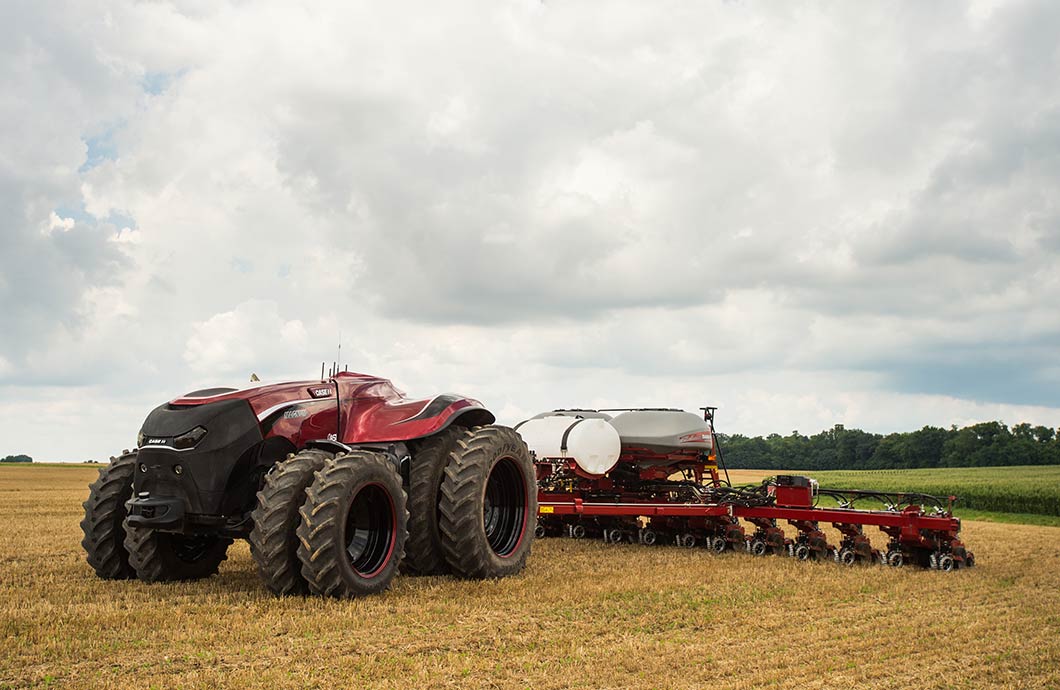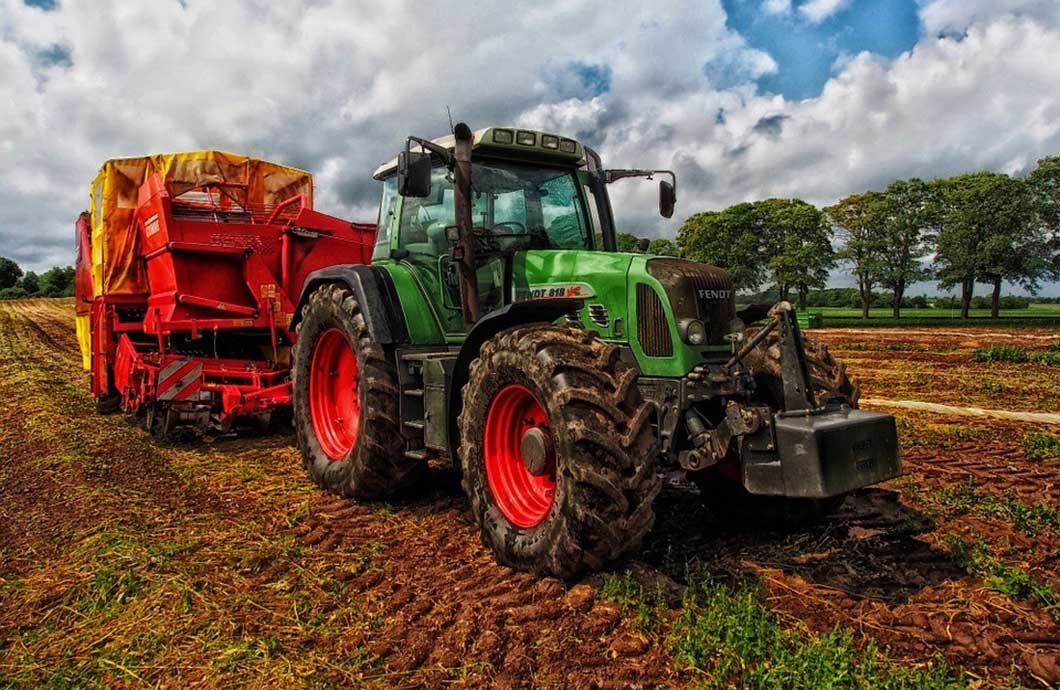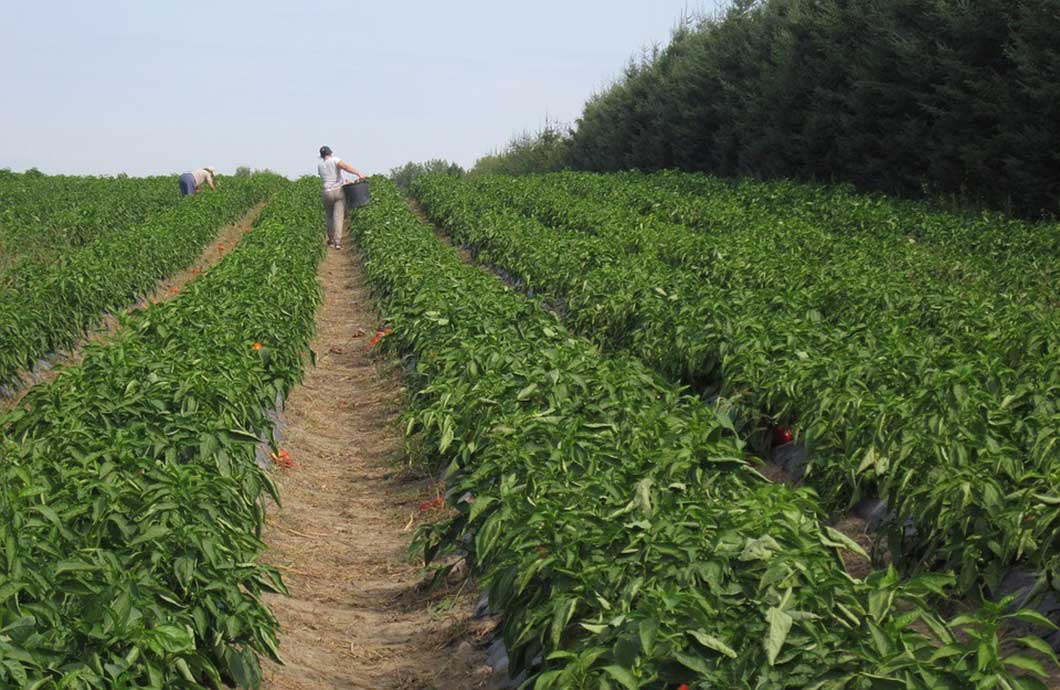
Farming is often portrayed as a relatively low-tech industry, but
new agricultural innovations are prompting what many feel is a new era of
high-tech farming where human labor is reduced to a minimum in favor of automated robotic machinery. Leading industry experts believe automated bots could be poised at the forefront of a high-tech farming revolution, and as
agricultural equipment manufacturers race to research the best fully-automated
farmer tools, many farmers are left wondering exactly how
new agricultural technology with robots will change the way they farm.
1. Farming Without Humans
As
farm labor grows more expensive throughout many parts of America, reducing the workforce through new agricultural innovations becomes an increasingly popular idea.
Agricultural engineers (or “ag engineers” for short) are looking for ways to make
agricultural equipment more efficient, and one of those ways is by eliminating the possibility of operator error. Of course, the best way to eliminate operator error is by eliminating the operator – in other words, the realization of fully-automated bots.
We are already seeing some of these high-tech farming strategies in their early forms on select farms. There are
combine harvesters that can efficiently collect romaine, cabbage and celery without an operator, like the
Taylor Farms vegetable fields in California. Other farmers are relying on fully-automated robotic milking machines to milk their cows without lifting a finger.

2. Self-Driving Farming Tools
One of the major advances in high-tech agriculture, above all else, is
lidar technology, which stands for Light Detection and Ranging. This is what allows the automated combine harvesters at Taylor Farms, for example, to know what speed and angle to approach the crops without causing damage. The agricultural equipment of the future will most likely use standardized lidar technology in combination with the pricey multi-camera object detection systems (the same ones currently found in certain luxury vehicle models) to navigate their way across the field – either by remote or completely on their own.
3. The Tractor Industry Could Be Revolutionized
The agricultural equipment manufacturing giants at AGCO have
announced plans for an automated tractor that is much smaller than the
tractors we know today. These automated mini-versions would be much faster, equipped with sprayers and other agricultural equipment, and travel in “swarms” of up to five at a time. Their lightweight frame will give them a much lighter footprint that will not damage crops.
Deere and Case IH are also experimenting with autonomous tractors. The tractor at the top of this article is an autonomous concept tractor
revealed by Case IH at the Farm Progress Show in Iowa.

Will high-tech agriculture turn these tractors into relics?
4. Sensors Will Dominate High-Tech Farming
Driving aside, sensors are becoming increasingly important on modern farms for other equally important reasons. Some farmers use remote monitoring devices on their livestock to detect health problems before they become more serious. With this form of high tech agriculture, you could remotely check on the well-being of your livestock from your phone or laptop without having to actually visit them.
Sensors could also one day be used to map the soil properties of farms in real time. Moisture levels, pH balance, and other crucial information could be used to
monitor crops – all with a minimal use of human oversight – in what agricultural engineers refer to as “precision agriculture”. Ideally, the sensors would automatically trigger other automated farming equipment to tend to the soil when necessary.
5. More Food for the Masses
Agricultural engineers ultimately want to use automated farmer tools to increase the overall crop yield of farms everywhere. This in turn will help sustain the projected world population growth in upcoming years.

Soon the “old way” of farming may not be enough to sustain a growing world population.
6. There Will Be Less Weeding
Automated machines are predicted to handle the task of weeding, which is still primarily done by hand (especially in vegetable gardens). The plan is to greatly reduce labor expenses while enabling crops to grow more efficiently and under better soil conditions.
7. Drones Will Become Agricultural Equipment
Drone operations can be used to keep track of crop growth, monitor crops for potential disease outbreaks, and even apply pesticides and herbicides from high above, eliminating the need for expensive crop dusters.
8. There Will Be Less Work in General
Running a farm is notoriously labor intensive, and farmers are arguably one of the hardest-working occupations left. However, with the introduction of robotic high tech agriculture, farmers may be able to finally get a break from some of the hardest parts of the job. There will be less labor involved, which means farm owners will be able to keep a higher amount of profit – conversely, the average farmhand may find themselves out of a job.
What Do You Think of High-Tech Agriculture?
CNBC
predicts the rise of the robotic high-tech farming industry over the next ten years. Do you think this is a possibility, or will farmers remain true to their traditional lifestyle for years to come?
We want to hear your thoughts on the future of farming, so
send us an email or
leave a comment on Facebook!